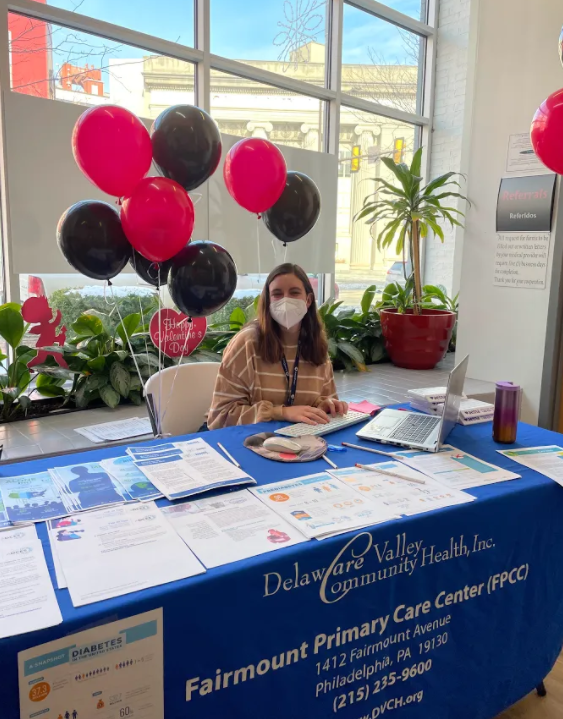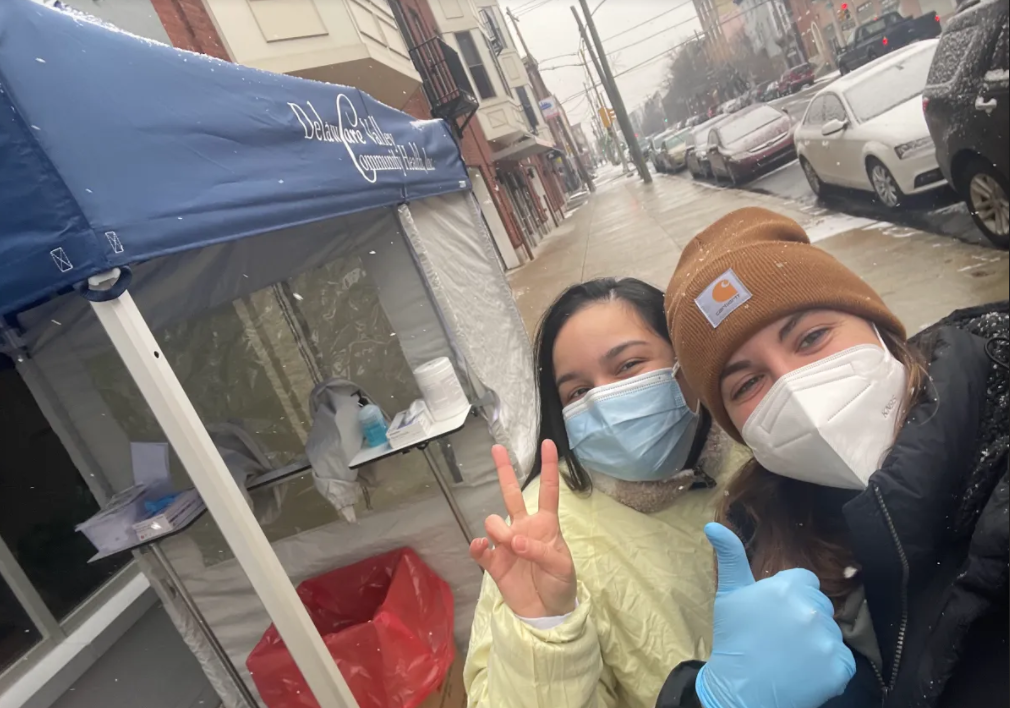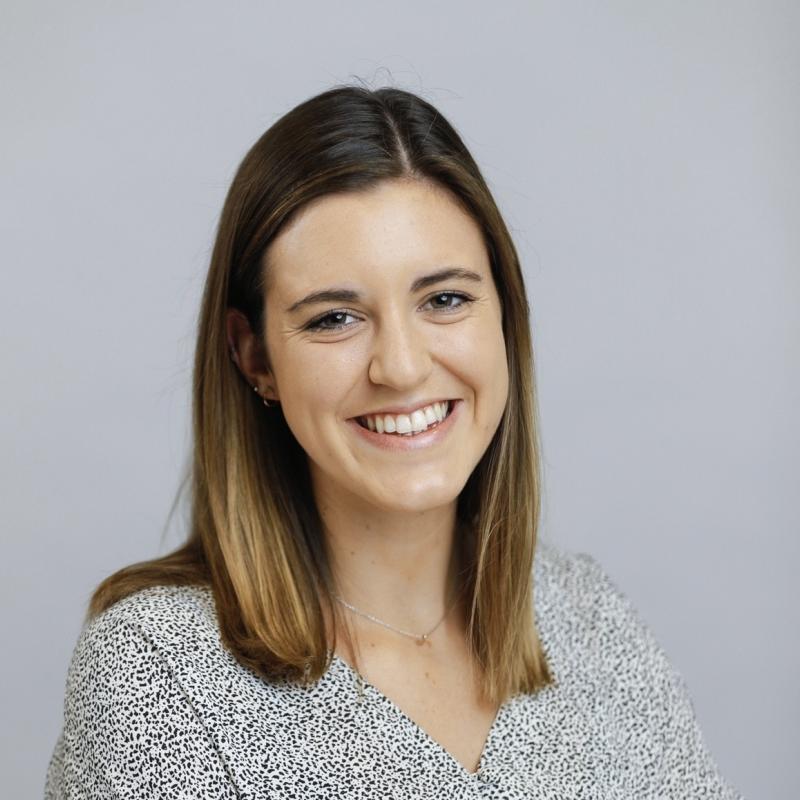Turning Listening into Action
If there is one thing that has become abundantly clear to me throughout my service year, it’s that people just want to be heard. Each day in my role as a Care Navigator at Fairmount Primary Care Center, I speak with patients about anything that might be acting as a barrier to their health and well-being and connect them to resources accordingly. Most days, there are a few patients who could benefit from applying for LIHEAP (a utility bill assistance program), learning the hours for the food bank in their neighborhood, or connecting to an organization that will give them a free ride to their doctor’s appointments. But the one thing that rings true for almost every patient that I have interacted with in my service term is that they want someone to talk to and to take the time to actually listen to what they are saying.

Coming into this role, I knew that one of my main goals was to become a more effective listener. But I never knew how far this could go. Normally, when I conduct social determinants of health screenings with patients, I have a limited window of time with them before the provider comes in to start the appointment. Because of this barrier, I am often focused on getting through all of the answers to the questions: “Are you stressed?,” “Are you worried about losing your housing?,” “Do you have access to a phone?” In doing so, it’s easy to forget that what really matters here is the answers to these questions. One of my most trusted mentors from college recently gave me the advice to try walking into the room to talk to a patient and putting down my computer for the entire conversation. “Watch what happens,” she said, “when you fully focus on their answers and body language, indicating that you’re following along by offering both verbal and nonverbal affirmations, asking questions, and trying to summarize what they’re saying to ensure clarity.”
As I began to slow down these conversations, putting more attention onto nodding along and maintaining eye contact as the patient was talking, I found that many patients became more likely to share vulnerable information with me and became more receptive to my offer to help. The well-known truth is that in the second year of a global pandemic, many people are feeling lonely. And many just want someone to talk to. I have found that a simple “how was your weekend?” can turn into a 20-minute long conversation about their grandkids coming to visit, the grief they’re still working through for their friend who died last year, stories of their decades-long career as a home health aide, and so much more. In realizing through these conversations how much the mental health of many patients in this community is suffering, I have developed a plan to start a community support group at Fairmount where patients can come to learn about mental health and connect with others who are going through similar experiences. It’s only because I started to slow down and pay close attention to what patients were sharing with me that I realized that this was a true need for the community and was able to come up with a possible solution. At the end of the day, the patients I’m working with are real people with real-life stories and experiences, and struggles. They don’t exist just to check a bunch of boxes on my job description. This work is important because it’s about fostering both a healthcare system and a culture that humanizes people, advocates for their rights, and works to foster equitable access to resources that affect health and well-being.

What I will take away from my time with NHC is that listening is the key to effectively solving public health challenges. We can sit around all day and talk about the theoretical nature of what people experience within the healthcare system and implement programs and policies to address what we perceive to be barriers to health equity. But until we actually talk to people in the community, listen to what they are experiencing, and start to slowly gain their trust, we will never know where the true challenges lie. And once we listen to understand, we must use the knowledge and perspective we gain to put solutions into action. As I begin to embark on my career in public health and social work, I will always remember that turning listening into action is at the heart of promoting public health and achieving health equity in our country.
